i bc27f85be50b71b1 (141 page)
Read i bc27f85be50b71b1 Online
Authors: Unknown


Table 7-7. Continued
..,
'"
00
Product
Description
Use
�
AlioDerm (Life Cell Corp.,
Permanent graft option.
For full�thickness burns
The Woodlands, TX)
Composed of chemically treared cadaver dermis with rhe
Also used in post-burn reconr;!
'"
epidermal antigenic cellular components removed so
srruction after contracture
'"
chat it is immunologically inert.
release
J:
>
Applied to a debrided burn with an ultrathin split thick�
Z
o
ness autograft immediately applied over if.
�
Integra (Integra Life Sciences,
Permanent graft option.
For life-threatening full
)1
Plainsboro, NJ)
Two�layered material composed of a disposable outer
thickness burns or deep
o
"
layer of silastic that acts as a barrier to evaporative
partial-thickness burns
Of
water loss and bacteria and an inner layer of bovine
i<1
collagen and chondroitin-6-sulfate that becomes
n
>
incorporated into the burn to form a neodermis. When
r
the neodermis becomes vascularized, the silastic
:ji
'"
covering can be removed and replaced with thin
5:
�
autografts.
�
Sources: Dala from SL Hansen, DW Voigt, P Wiebelhaus. eN Paul. Using skin replacement produces to treat burns and wounds. Adv Skin Wound Care 2001; 14:37�4; and P Dziewu!ski, JP BarreL Assessmenr, Operative Planning, and Surgery for Burn Wound Closure. In Sf Wolf, DN Herndon (ed,,), Burn Care. Ausrin, TX: Landes Bioscience, 1999.




BURNS AND WOUNDS 459
mal' be present postoperatively. The therapist should
become familiar with the surgeon's procedures and protocols and alter positioning, range of motion (ROM), therapeutic exercise, and functional mobility accordingly.
• The therapist should check with the physician to determine whether the graft crosses a joint and how close the graft borders the joint.
• If possible, observe the graft during dressing changes to get
a visual understanding of the exact location of the graft.
• The autograft site or donor site is often more painful
than the burn itself.
• Donor sites are oriented longitudinally and are commonly located on the thigh, low back, or outer arm and may be reharvested in approximately 2 weeks.
Nonsurgical Procedures
Burn cleansing and debridement may be performed many times a day
to minimize infection and promote tissue healing. These procedures,
as described in Wound Cleansing and Debridement, may be performed by a physician, nurse, or physical therapist depending on the hospital's or burn unit's protocol. Table 7-8 lists the topical agents
used specifically for the treatment of burns.
Physical Therapy Examination in Burn Care
Physical therapy intervention for the patient with a burn Injury IS
often initiated within 48 hours of hospital admission.
History
In addition to the general chart review (see Appendix I-A), the following information is especially relevant in the evaluarion, treatment planning, and understanding of the physiological status of a patient
with a burn.
• How, when, where, and why did the burn occur?
• Did the patient get thrown (as in an explosion) or fall during the
burn incident?

Table 7-8. Topical Agents Commonly Used for the Treatment of Burns
...
:;
Agent
Description
Advantages (A)lDisadvantages (0)
Silver sulfadiazine
Antimicrobial cream for use with parcial- and
A Painless application, wide spectrum coverage
§
=
(Silvadene)
full-thickness burns
D Poor eschar peneuation, may cause macer
&?
=
Applied with or without a dressing
ation and epithelial retardation, associated
'"
m
with leukopenia, costly
:t
>
Mafenide acetate
Antimicrobial cream for use with partial- and
A Penetrates eschar well, effective against
Z
=
c
(Sulfamylon)
full-thickness burns
Pseudomonas
8
Applied with a dressing
D Painful, nor for use on large areas, can cause
"
=
Can be applied directly to burns of the car
acidemia
o
'"
Actico3r (Wcstaim
Three-ply gauze dressing consisting of an
A Abrasion resistant, nonadherent, flexible
�
=
:t
Biomedical, Exeter,
absorbent rayon/polyester core and upper
D Cannot visualize the wound
=
�
NH) silver dressing
and lower layers of silver-coated, high
�
densiry polyethylene mesh
r
For use with partial- and full-thickness burns
J!
;::
and meshed autografts
>
�
Silver nitrate
Ami-microbial solucion or cream applied as a
A Wide spectrum coverage, painless
=
�
wct dressing
D Poor eschar penetration, frequent
=
Used for partial- and full-thickness burns
reapplication, stains the patient's skin and the
environment, can cause electrolyte imbalance

Bacitracin
Ointment effecrJve against gram-positive
A:;::: Minimal systemic absorption, painless, can be
organisms
used on the face
Used fot superficial and partial-thickness burns
o ::: Nephrotoxic in large amounts, no eschar
as well as dOll or sites
penetration, frequenr reapplication